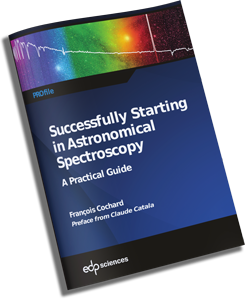Solar spectrum (visual)
Recommended equipment: Lhires III, Lhires Lite
Time: 1h
It works every time: anyone watching the solar spectra in hig resolution enjoy it -it is magical!
and it’s easy: you just have to direct the Lhires III, without a telescope, directly toward the Sun. It is safe as the spectra is highly dispersed with the 2400lines/mm grating.
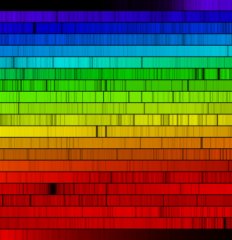
Solar spectrum (O. Garde) with a Lhires III
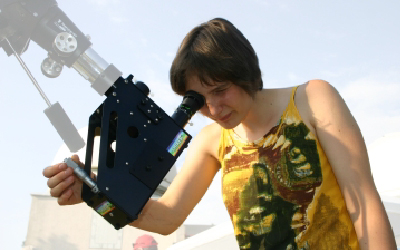
If the Sun is hiden behind clouds, you can then mount your Lhires III on a small refractor and point toward a cloud. you will see a less contrasted spectra but your astronomy day is not ruinned! And of course, you can put in front of your spectrograph several lamps to analyse their composition through their spectra!
In 1802, Wollaston noticed some dark lines in the solar spectra. Fraunhofer published in 1815 a list of those lines, which are now called the Fraunhofer lines. One can also see our atmospheric absorption lines which are more visible at sunset or sunrise.
The Lhires III, a fantastic educational tool!
During public observations, a Lhires III simply attached on a tripod will be a fantastic educational tool. It open the door to physic and the understanding of the message contained within the light coming from our Sun. Magical spectroscopy is in action!…
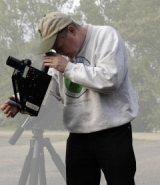

Solar spectrum during sunset (top) and mid-day (bottom)
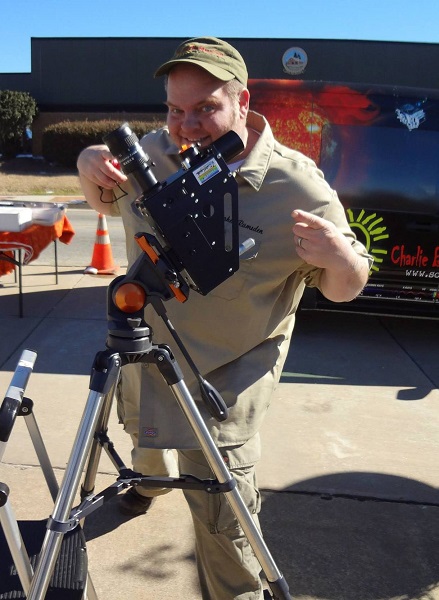
Tested by more than 100 000 students in the United States!
“To students ages 8-16, I start my lectures with the hand held diffraction gratings from Shelyak and pass around 3 of them to the class to look through while I explain why the absorption lines are there. Then I walk the kids through the LHIRES III with the finer 2400gr/mm grating and then we go to the H-Alpha and CaK solar telescopes”.
Steve Ramsden has personally shown his LHIRES III spectrograph to over 100,000 students in the United States
Références :
http://bass2000.obspm.fr/home.php?lang=fr : BASS2000 is the reference site on solar observation; tons of data and informations are available there.
http://bass2000.obspm.fr/solar_spect.php : interactive spectrum
http://bass2000.obspm.fr/download/solar_spect.pdf : commented profile spectra (high resolution)
http://ljr.bagn.obs-mip.fr/observing/spectrum/index.html : a serie of pictures of the solar spectrum with element marked on. A very useful document for studying the solar spectrum in details.
http://solaire.obspm.fr/ : solar observer website (french) with lot of references and posters available there. Some are easy to understand for international readers…
http://fermi.jhuapl.edu/liege/s00_0000.html : Liege observatory solar spectrum atlas
https://www.shelyak-instruments.com/Web/LhiresLite/PL0019A%20spectre-solaire%20Lhires%20Lite%20FR-EN.pdf : educational page done by Olivier Garde with his Lhires III (same resolution as Lhires Lite). Can be printed and distributed during your public outreach activites!
http://www.staff.science.uu.nl/~rutte101/Lectures.html : some lecture on solar spectroscopy.
